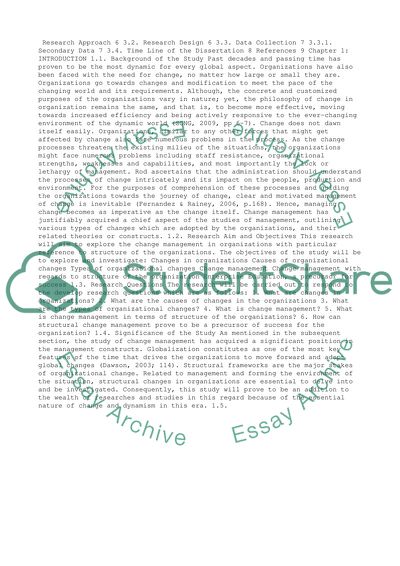Cite this document
(“Phd proposal Research Example | Topics and Well Written Essays - 1500 words”, n.d.)
Phd proposal Research Example | Topics and Well Written Essays - 1500 words. Retrieved from https://studentshare.org/management/1493901-phd-proposal
Phd proposal Research Example | Topics and Well Written Essays - 1500 words. Retrieved from https://studentshare.org/management/1493901-phd-proposal
(Phd Proposal Research Example | Topics and Well Written Essays - 1500 Words)
Phd Proposal Research Example | Topics and Well Written Essays - 1500 Words. https://studentshare.org/management/1493901-phd-proposal.
Phd Proposal Research Example | Topics and Well Written Essays - 1500 Words. https://studentshare.org/management/1493901-phd-proposal.
“Phd Proposal Research Example | Topics and Well Written Essays - 1500 Words”, n.d. https://studentshare.org/management/1493901-phd-proposal.


